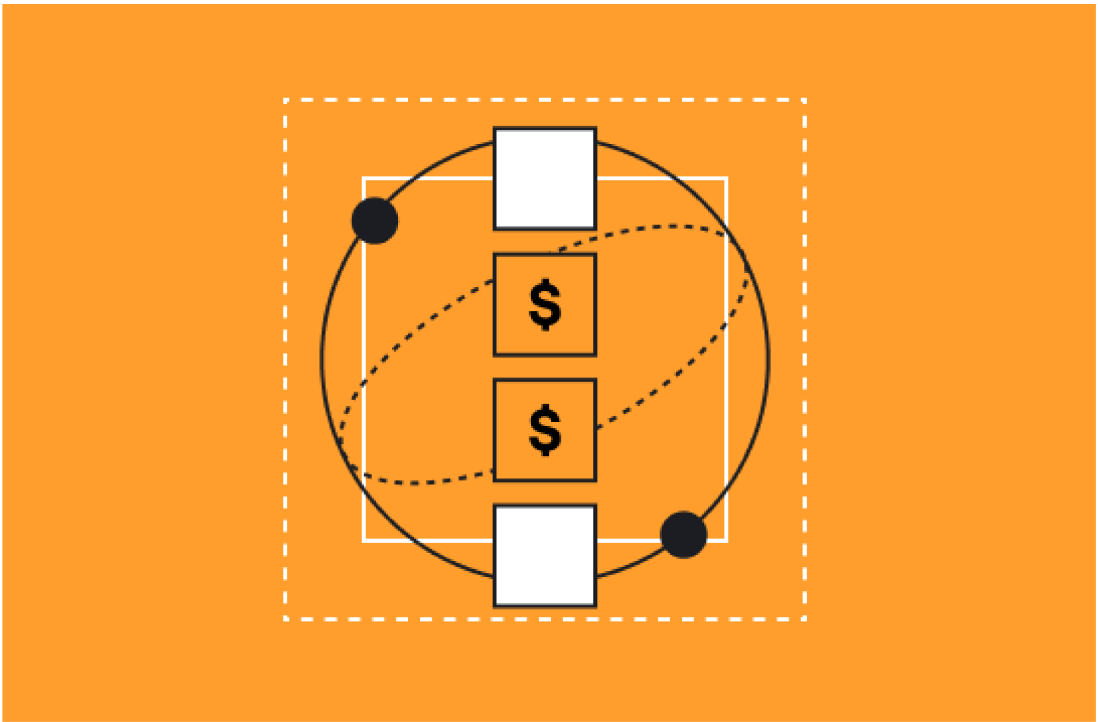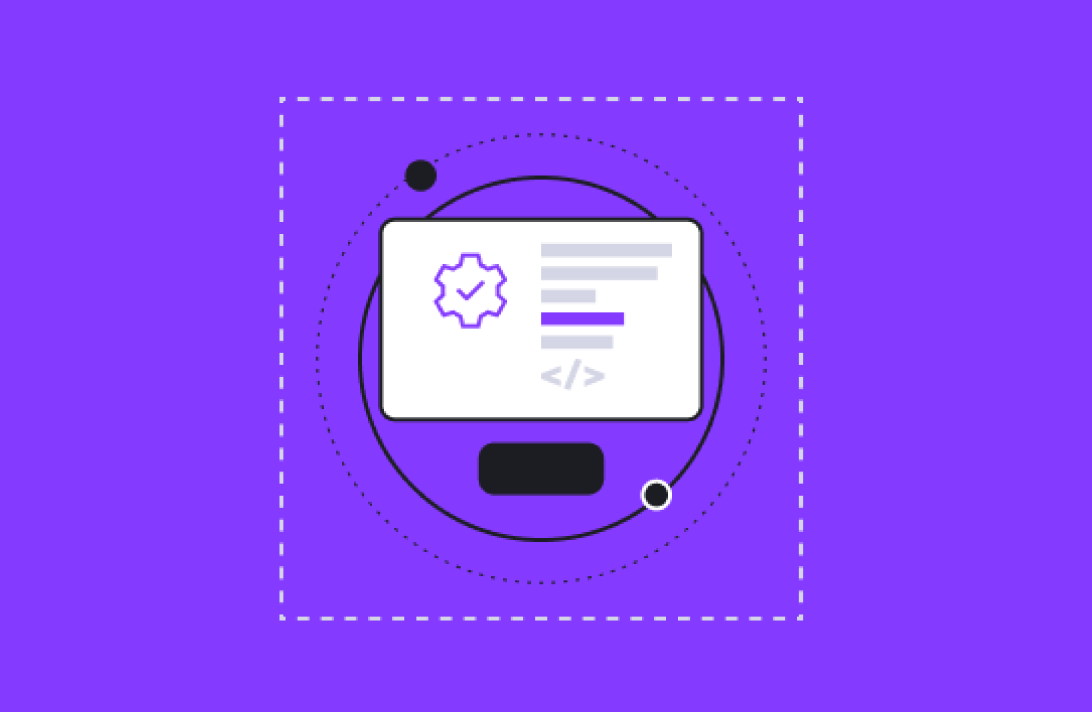Overview of Google & Yahoo Changes
Starting in early 2024, Gmail and Yahoo Mail will be implementing new authentication mandates for bulk senders. These mandates will require the use of established email authentication protocols such as DMARC, SPF, and DKIM. The main objective is to verify the identities of email senders, making it more difficult for malicious individuals to impersonate legitimate entities or tamper with messages during transit.
Unsubscription and Relevance
The upcoming changes prioritize user control and relevance in email communication. Bulk senders will be required to incorporate a simple unsubscribe option in their emails, promoting effective user preference management. Furthermore, they are strongly encouraged to create content that aligns with the interests of recipients, fostering a mutual reduction in spam and ensuring a more personalized email experience.
Objectives Behind Changes
Google and Yahoo's primary focus with these changes is to enhance the user experience by reducing clutter in inboxes and protecting users from the risks of phishing. Through the implementation of strict email authentication measures, these updates aim to eliminate unwanted or potentially harmful emails, providing users with a safer and more organized email environment.
Additionally, the authentication requirements work towards mitigating phishing attacks, safeguarding users from potential financial and reputational damage associated with these cyber threats.
Recommended Best Practices
The following recommendations are practices that everyone should be doing to ensure a seamless and efficient email experience. By adhering to these best practices, individuals and organizations can effectively manage their email communication and enhance productivity.
Configure full authentication for emails
You can enhance email security with comprehensive authentication measures. Ensure that your domains have fully configured DKIM, SPF, and DMARC protocols. DKIM and SPF records can be obtained from HubSpot's Settings > Website > Domains & URLs, which can then be added to your domain's DNS settings.
DMARC, on the other hand, is a policy that guides email providers on how to handle emails that fail DKIM and SPF. This policy is typically configured outside of HubSpot, often by your client's IT team.
Moreover, when adding custom "from email" addresses to marketing emails, it is crucial to verify them by clicking on a verification link sent to the respective inbox before using them as a "from email".
One-click unsubscribe making it easy for subscribers to opt-out with one click
You should also simplify the unsubscribe process for subscribers.
By default, HubSpot already requires the inclusion of unsubscribe links in the footer of every marketing email. However, it is important to note that email sends from connected email accounts do not automatically include unsubscribe links.
Check out this HubSpot Knowledge Page to learn how to add unsubscribe links to your 1:1 emails.
We are also eagerly awaiting confirmation from HubSpot regarding whether the footer unsubscribe link will also be transformed into a seamless one-click experience.
Minimize spam complaints
To avoid Gmail and Yahoo blocking or redirecting your emails to the bulk folder, strive for a spam report rate below 0.3%. Exceeding that threshold might mean Gmail and Yahoo will block emails from being delivered or direct messages to the bulk folder (aka sending your emails to the “Promotions” folder in Gmail).
The bottom line: Only send emails to contacts who have opted in to receive communication from you.
Looking to optimize your processes?
Email communication is a crucial aspect of your strategy, but it's just one piece of the puzzle. If you're seeking optimization throughout your processes, let's connect. We can help you refine your strategy across your go-to-market (GTM) teams, fostering seamless operations and elevated performance.






